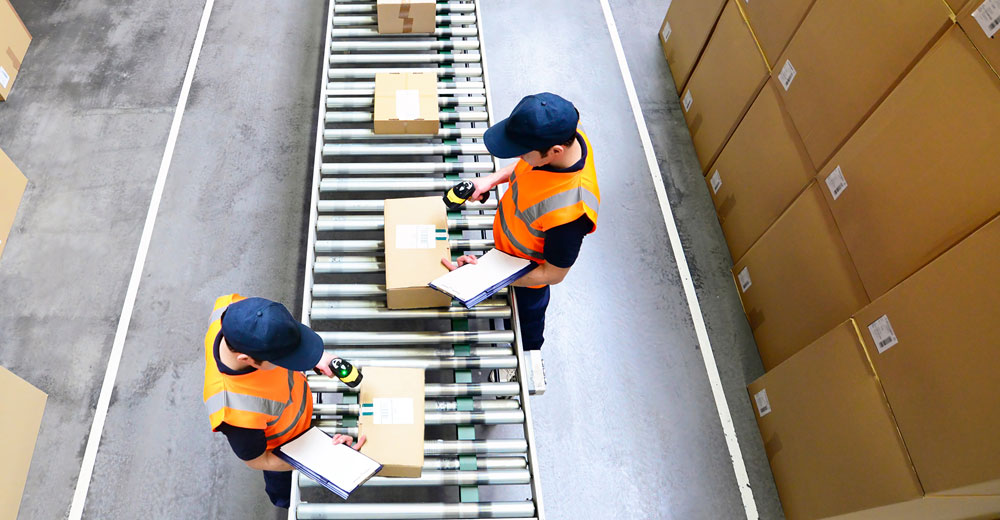During the holiday season, an estimated US$120 billion in merchandise is expected to be returned to retailers, a jump of seven percent over 2020, driven by supply chain concerns, inflation, and robust online sales.
Returns during a typical holiday season are around 13.3 percent of total sales, with returns from online sales some three to five times higher than returns for in-store sales, according to information provided to the E-Commerce Times by Optoro, a technology company with a focus on liquidating returned, overstock and damaged-box goods.
According to the National Retail Federation, online sales exceeded more than $222 billion during the holidays. Optoro and real estate firm CBRE estimated in their annual report on the subject that $66.7 billion of that is expected to result in returns.
Online goods have a higher rate of return than those purchased in brick-and-mortar stores because consumers can’t touch and feel the merchandise before they buy it, explained Sucharita Kodali, an analyst with Forrester Research.
“They don’t know what they’re getting,” she told the E-Commerce Times.
While retailers aren’t happy with rising return rates, in the current environment, they are a reflection of success. “When you have the kind of growth we’ve seen in the online channel, that’s how you get an overall high return rate,” Peter Madden, a director in the retail practice of AlixPartners, a global, multi-industry consulting firm, told the E-Commerce Times.
“If sales are higher, then returns are going to be higher,” added David Swartz, an equity analyst with Morningstar, an investment research company in Chicago.
Frictionless Returns
Swartz told the E-Commerce Times that since the pandemic hit, there’s been a big jump in online sales.
“They’ve been increasing year after year, anyway, but they jumped even faster over the last couple of years,” he said. “Stores have been closed, or they have shorter hours, or people just didn’t want to go out to stores.”
While returns of online sales have always been higher than in-store sales, they’re getting even higher because online sellers are removing the friction in the process. “So many online companies — everyone from Amazon on down — have made returns cheaper and easier than they used to be,” Swartz explained.
“For example,” he continued, “you can return any Amazon product at a Kohl’s store. Nordstrom has a process where you can return anything you bought at Nordstrom.com to a Nordstrom Rack store.”
“There have been times in the past when online companies would make returns difficult,” he added. “That’s not competitive anymore because they have to deal with Amazon. If Amazon is making returns really easy and you’re not, you’re going to lose customers.”
Suboptimal Purchases
Streamlining returns can be particularly beneficial to online apparel shoppers. “In clothing, an online buyer can’t try on the clothes or see them before buying,” Swartz explained. “Sometimes, when they get the clothes home, they find out they don’t fit, or the color is wrong, or the style is wrong. In a store, they would have known that already.”
With easy returns, a shopper doesn’t have to be reluctant about ordering multiple copies of the same item. “A woman might buy two dresses that are exactly the same but different sizes. She’ll try both on when she gets them, and then she sends to the one that doesn’t fit back,” Swartz noted.
He added that supply chain worries have also influenced returns. “There’s been concern about products being sold out,” he explained.
“People may have bought products earlier because they were afraid that they couldn’t get something later,” he continued. “Then they found out they could get it later and returned the earlier product.”
Supply chain fears can also lead to unwanted gifts. “Because there isn’t as much product, you may be making a suboptimal purchase — you’re buying something because it’s the only product there rather than an ideal purchase,” Madden explained.
“If that’s a gift and it’s not accepted, that will add to the return rate,” he said.
Liberal Return Windows
Inflation has affected returns, too. “The cost of returns has been higher because the cost of shipping has been higher,” Swartz noted.
“There’s been a lot of online sales in the last few months and a lot of online returns, so shipping demand has been very high,” he explained.
Pricing can also affect the comparative value of returns. “If you have a product priced five to 10 percent higher than last year, that shows up in a higher return value,” Madden said.
He added that another factor contributing to an increase in returns is a more liberal window for returning items. “A lot of retailers are going beyond the typical 30 days and going to 60, 90, and even 90-plus days,” he explained.
“They did that to address supply chain issues and customers buying holiday gifts earlier,” he continued.
“Because of those extended return periods,” he added, “holiday return figures could be even worse because they might still be appearing in March.”
Ways To Reduce Returns
Retailers can and are doing a number of things to reduce returns.
“Users need to see products not only relevant to their queries but see all products attractive to them upfront, so they don’t find something later that’s more attractive to them, and they return whatever they purchased earlier,” observed Eli Finkelshteyn, CEO and founder of Constructor, an AI search and discovery company in San Francisco.
That can be done by collecting browsing information about a visitor to a retailer’s website. “It’s similar to how Netflix decides which movies are going to be interesting to you or how Spotify decides what songs and radio stations are going to be more appealing to you,” Finkelshteyn told the E-Commerce Times.
“You avoid returns by making sure a user sees everything a site has that could be appealing to them before they make a purchase so they don’t find it afterward and return an item to make a different purchase,” he explained.
Swartz added that retailers also have 3D tools that allow people to virtually try on clothing and place virtual furniture in a consumer’s home so they know what it will look like there before they buy it.
Solutions to reducing returns, though, need not be complex to be effective. “If a retailer can get the fit-sizing correct on the original transaction if they can hit the right shipping window when a customer needs it for that special occasion, those are the kinds of things that limit returns and are much easier on operations than trying to optimize on the backend for returns logistics, processing, restocking and repricing returned items,” Madden maintained.




























































Social Media
See all Social Media